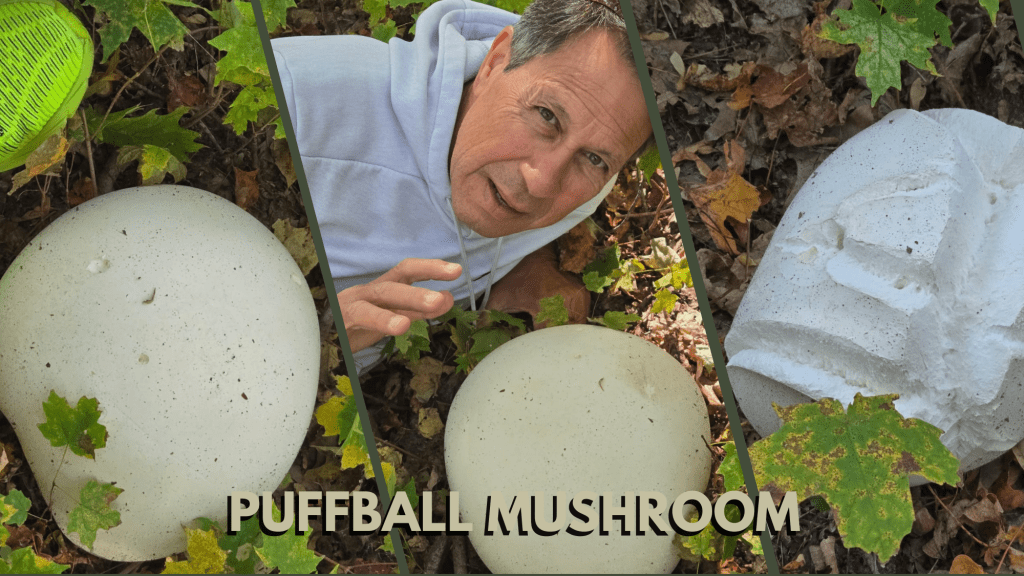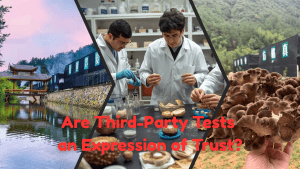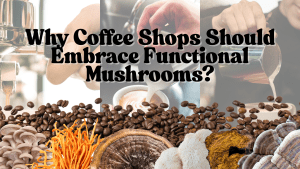Puffball mushrooms, part of the Agaricaceae family, are unique fungi easily recognized for their distinct round or pear-shaped fruiting bodies. When mature, these mushrooms release spores in a puff of cloud-like dust—a feature that makes them stand out in fungi.
Puffballs are widespread across temperate regions and can be found in diverse environments, from open grasslands to dense forests. Some of the most well-known puffballs belong to the genera Calvatia, Lycoperdon, and Bovista, with species like Calvatia gigantea growing to an impressive size.
Biology and Structure
Unlike the more familiar cap-and-stem mushrooms, puffballs are spherical or pear-shaped and lack a distinct cap. When young, the inside of a puffball is solid, containing firm white flesh known as “gleba.” Over time, as the mushroom matures, the gleba turns into a spore-filled mass. When the outer layer of the puffball breaks due to external forces like wind, rain, or animals, it releases spores in a dramatic puff—hence its name.Some puffball species, like the giant puffball (Calvatia gigantea), can grow to enormous sizes, sometimes reaching several feet in diameter and releasing trillions of spores. Smaller species like Lycoperdon perlatum are more common and are easily recognized by their small, round bodies covered in spiny or wart-like projections.
Ecological Role
Puffballs are more than just visually intriguing; they play a crucial role in their ecosystems as saprophytes. This means they help decompose dead organic matter, breaking down plant residues like lignin and cellulose into simpler compounds. This decomposition process enhances soil fertility and promotes nutrient cycling, which makes puffballs essential for ecosystem sustainability.
In addition to their role as decomposers, puffballs serve as food sources for various insects and small animals. While they don’t form symbiotic relationships with plants like mycorrhizal fungi, puffballs indirectly benefit plant health by improving soil quality through their decomposition activities.
Edibility and Medicinal Potential
Certain puffball species are edible but must be harvested at the right time. When young and the interior is still firm and white, puffballs like Calvatia gigantea are prized for their mild flavor and meaty texture. However, once the inside of the puffball turns yellow or brown, it is no longer safe to eat.
Beyond their culinary appeal, puffballs have shown potential in medicine. Some species contain bioactive compounds that have been studied for their health benefits. For instance, Calvatia gigantea produces a compound called calvacin, which has demonstrated antitumor properties in preliminary research. Other compounds found in puffballs may have antimicrobial and antioxidant effects, making them promising candidates for future medical research.
Toxicity and Identification
While many puffballs are edible, accurate identification is crucial. Some toxic mushrooms, incredibly immature species of the deadly Amanita genus, can resemble puffballs. One fundamental way to distinguish an edible puffball from a dangerous look-alike is by cutting it open. True puffballs will have a solid, white interior with no gills, while toxic look-alikes like young Amanitas will display gills inside.
Conclusion
The puffball mushroom is more than just a curiosity in nature. It plays a vital ecological role, contributes to nutrient cycling, and offers potential culinary and medicinal benefits. Whether you’re a mushroom enthusiast, a chef, or a researcher, the puffball holds promise as a valuable natural resource. However, proper identification is essential to avoid confusion with toxic species. As research into puffballs continues, their applications in food and medicine may expand, further solidifying their place in our natural world.











